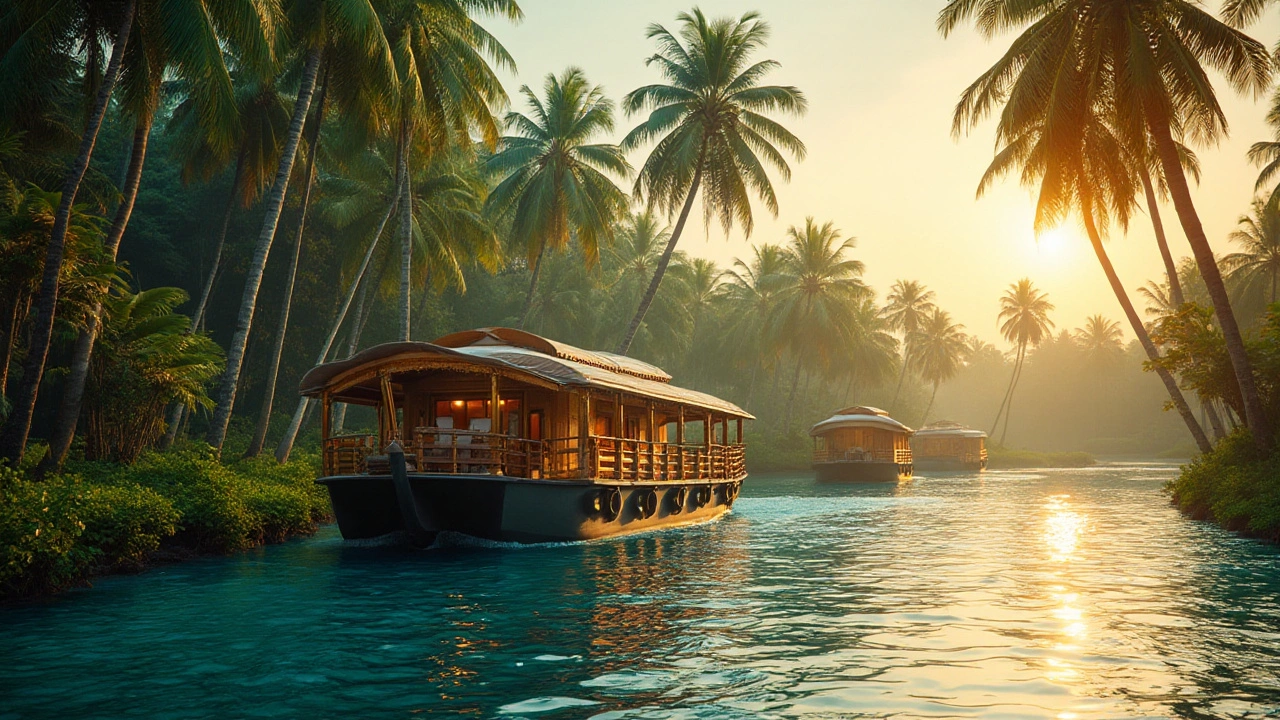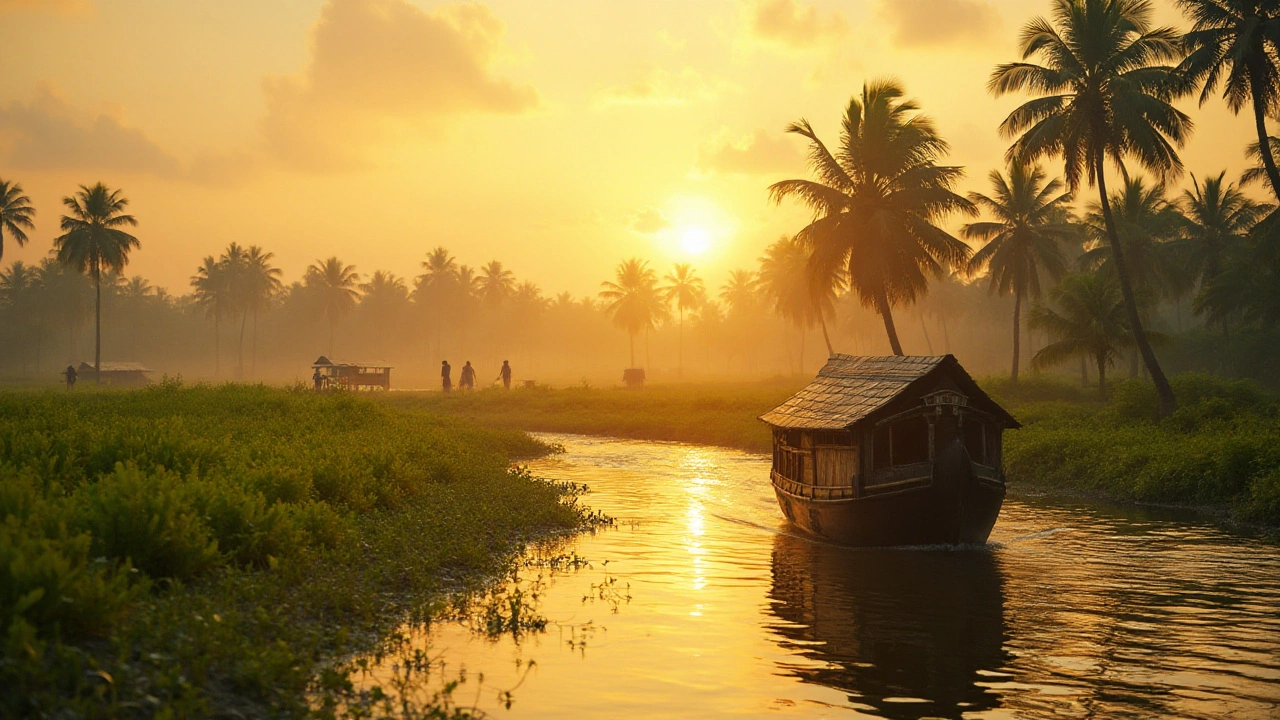Kerala: Best Jungle Camps, Backwaters, and Cultural Retreats in South India
When you think of Kerala, India’s tropical southern state known for its emerald forests, winding backwaters, and deep-rooted traditions. Also known as God’s Own Country, it’s where jungle camps meet ancient temples and spice-scented air fills the breeze. This isn’t just another travel destination—it’s a place where you can sleep under stars in a forest camp just miles from a 1,000-year-old temple, then drift through calm waterways in a wooden houseboat at sunrise.
Kerala’s magic comes from its balance: wild and peaceful, traditional and modern. You’ll find jungle camps, eco-friendly stays tucked into the Western Ghats, where you hear monkeys at dawn and wake up to mist rolling over tea plantations. These aren’t just tents—they’re designed to blend in, with local guides who know which trails lead to hidden waterfalls and which fruits are safe to eat straight from the tree. Nearby, the backwaters, a network of lagoons and canals stretching over 900 kilometers, offer slow, silent boat rides past coconut groves and fishing villages. It’s the kind of place where time doesn’t matter—only the rhythm of the water and the call of kingfishers do.
And then there’s the culture. Kerala’s temples aren’t just buildings—they’re living spaces where rituals have stayed unchanged for centuries. If you’ve ever wondered what to wear, how to behave, or why shoes are left outside, you’ll find real answers here. The state also stands out for its food—coconut, tamarind, and curry leaves shape every meal, from street-side appams to elaborate vegetarian feasts. Unlike busy North Indian cities, Kerala moves at its own pace, making it perfect for travelers who want to unwind without losing adventure.
What you’ll find in the posts below are real stories from people who’ve slept in jungle camps near Periyar, kayaked through Alleppey’s backwaters, and stood quiet before temple idols in Mysore’s shadow. You’ll learn how to pick a safe, authentic retreat, what to pack for the humidity, and why some of India’s most beautiful hikes start right here in the Western Ghats. No fluff. No generic lists. Just what works—and what doesn’t—when you’re exploring this corner of India.

